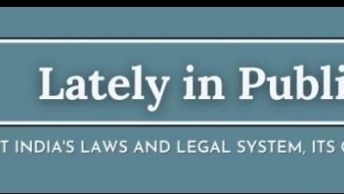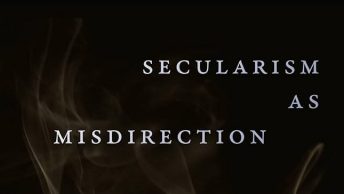This interesting short paper “Regulatory Barriers to Litigation in India” by Prashant Narang recently came out in the Asian Journal of Law and Economics. The basic argument is that the regulatory framework of the legal profession in India frequently biases against new entrants to the profession and favors those with preexisting family connections.
Take the ban on advertising – Narang argues this clearly favors those with well-established family names limiting new entrants from building up a reputation through advertising. Or the ban on contingency fees? Again, it favors well-established players and means new entrants, who can’t bank on getting cases through family connections, that are willing to take a risk on a case by using contingency fees are banned from doing so. The ban of moonlighting, or having another profession? This also favors those who can use family connections to catapult their reputation and enter the top tiers of the profession quickly. It limits the options of others without these connections to be academics or start their own business, etc. on the side, while they slowly build their reputation in court during the same period. Finally, he argues that restrictions on the size and nature of the law firm in India mean that they are more likely to be family dominated, and so less professional and meritocratic.
All these bar council rules might have been well-intentioned, and several may clearly have benefits, but it seems clear to me that the Bar Council has likely not taken into account these unintended negative consequences. This is in part because of the rather insular nature of the Bar Council (those who couldn’t break into the profession because of the above mentioned barriers aren’t going to be leading it and have a chance to reform the rules). Narang argues that there needs to be a rethink of the composition of the Bar Council, or at least those who make its rules, to make sure a more diverse set of interests are represented and to avoid regulatory capture.
I couldn’t agree more. My limited experience with the Bar Council’s regulation of Indian legal education is similar (and deserves a separate post). Essentially, it is a story of well-intended regulation having unintended and deleterious consequences because the rule making process is not carried out by a body that is representational enough or that receives (or actively seeks out) enough critical feedback.






advocacy has become family-owned profession like politics sunistoo